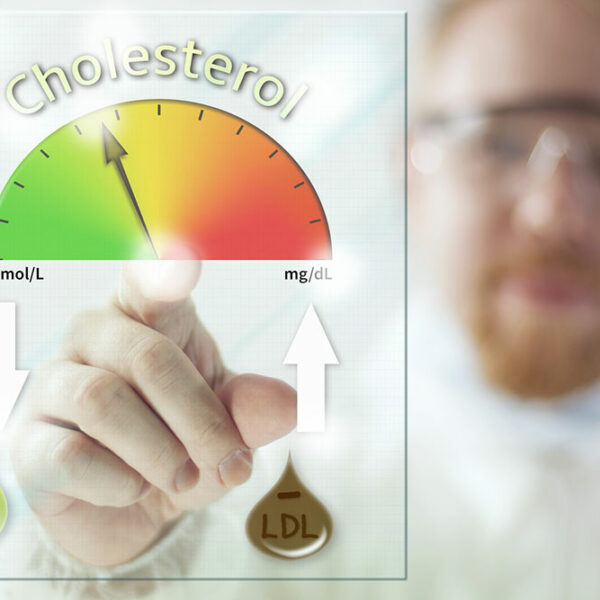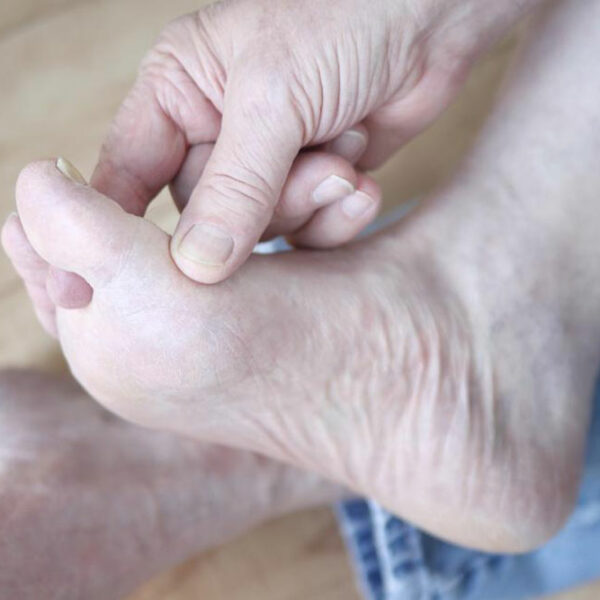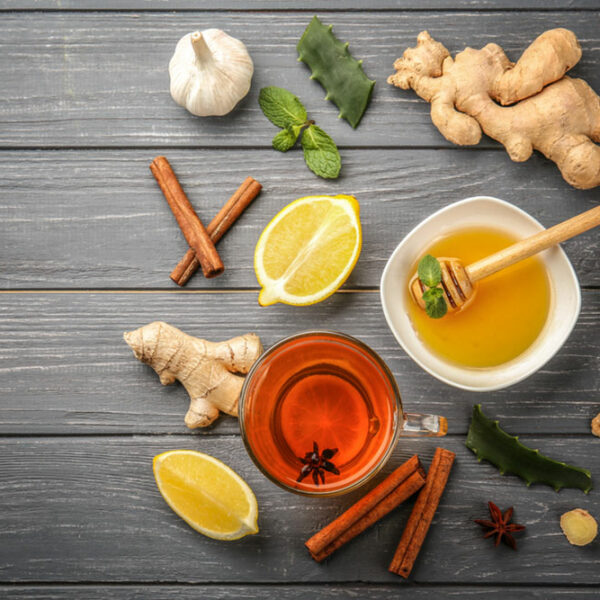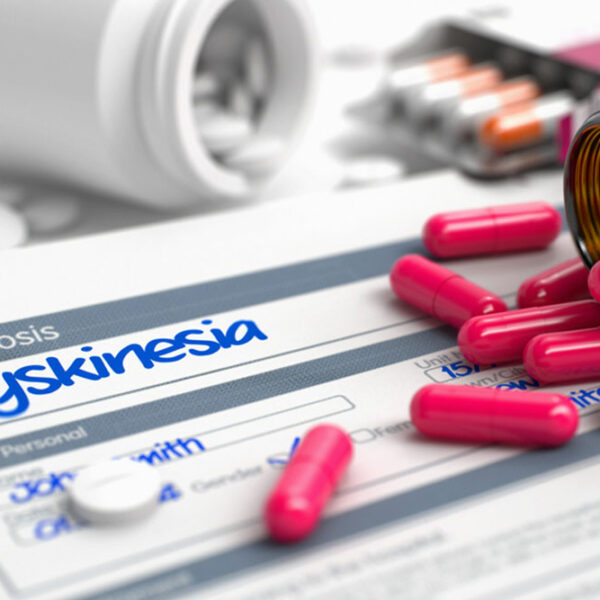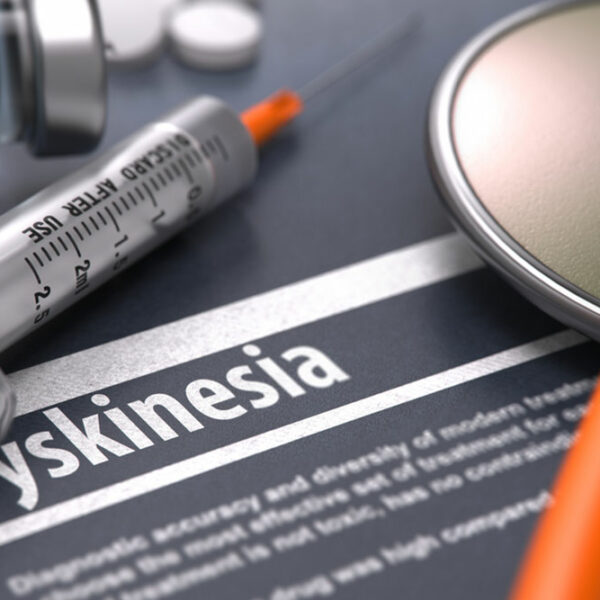
What You Need to Know about Kidney Stones
There are minerals and salts in urine which lead to the formation of stones in the kidney. There are ways to dissolve kidney stones naturally like drinking copious amounts of water, lemon juice and so on. What are kidney stones? One of the major reasons for the formation of kidney stones would be dehydration. Due to dehydration, the movement of fluid in the kidneys slows down with a higher possibility of salt and mineral compounds getting stuck together. In most cases, calcium oxalate forms hard deposits in the kidney. They can be found in other parts of the urinary tract as well. Kidney stones are also known as calculi. Depending on the size of the stone, surgical intervention may be required. How to dissolve kidney stones without medical intervention is what we’re going to find out. Ways to dissolve kidney stones naturally The process of the kidney stone exiting the body through the urinary tract is known as passing a kidney stone. This could be quite painful in some cases. Before using any methods to dissolve kidney stones naturally, it is important to determine if you have any pre-existing medical conditions or are on medications for some ailment. There are antibiotics, blood pressure medications, diuretics, cholesterol and liver medications which don’t agree with natural remedies.

